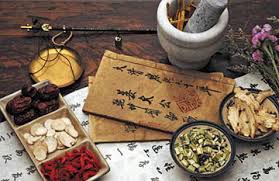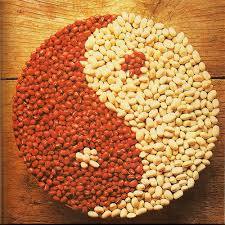Alongside acupuncture treatments, traditional Chinese nutrition advice can be an extremely powerful tool. Like the Chinese, however, Mark tries to avoid the word diet. This has negative connotations and seems to suggest restrictions. This is the opposite of what a practitioners of traditional Chinese medicine will want for their patients when they recommend Chinese dietary therapy. Essentially, along with breathing, eating is our main source of replenishment and nutrition, providing us with the energy we need to live our lives. Being such an important aspect of our lives, it is important that we enjoy it and feel comfortable with it. As one writer put it, animals feed but humans eat.
Given these important considerations, guiding patients towards certain foods and away from others can greatly improve their health and well-being. As with all aspects of this medical system, Chinese dietary therapy is unique to each patient, so what is extremely beneficial for one person might be the opposite to another.>


In Chinese nutrition, foods are seen to have certain energetic properties, whether it be warming, cooling, nourishing, or expelling. Here are a couple of examples.
Beef is seen as warming and therefore eating it once or twice a week could be beneficial to a patient with abdominal or menstrual pain caused by stagnation of cold in the body. However, for another patient with too much heat, which may manifest as bad breath, bleeding gums, or headaches, beef consumption should be minimised.
Milk and most dairy products, in contrast, are seen as cooling. To somebody who finds stillness and relaxation difficult, they can be calming. However, for another patient who has chest or digestive problems and a tendency towards phlegm, they can make the system sluggish and increase the build-up of phlegm.
These are just two examples intended to illustrate the fascinating world traditional Chinese dietary therapy.





